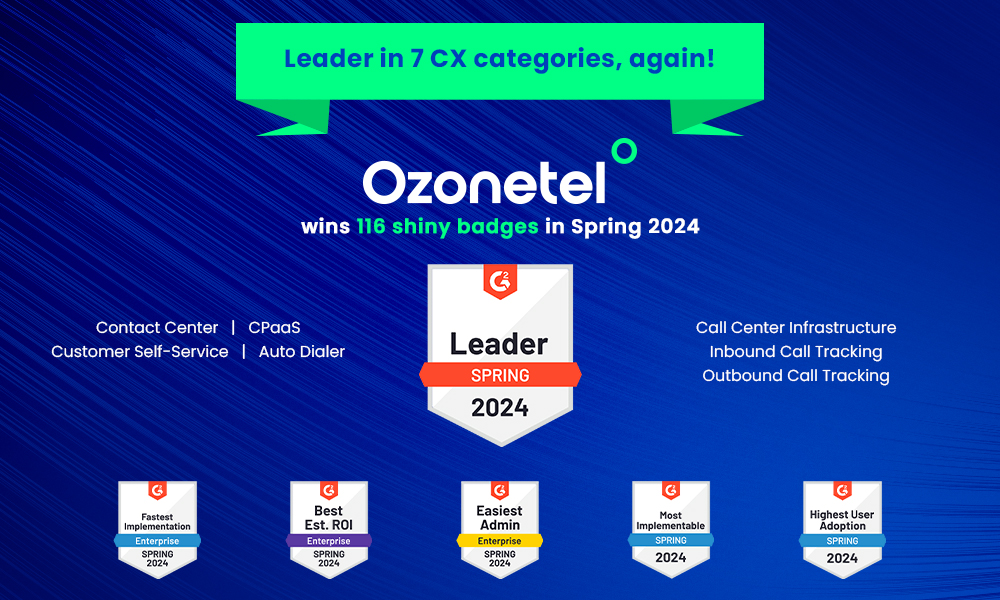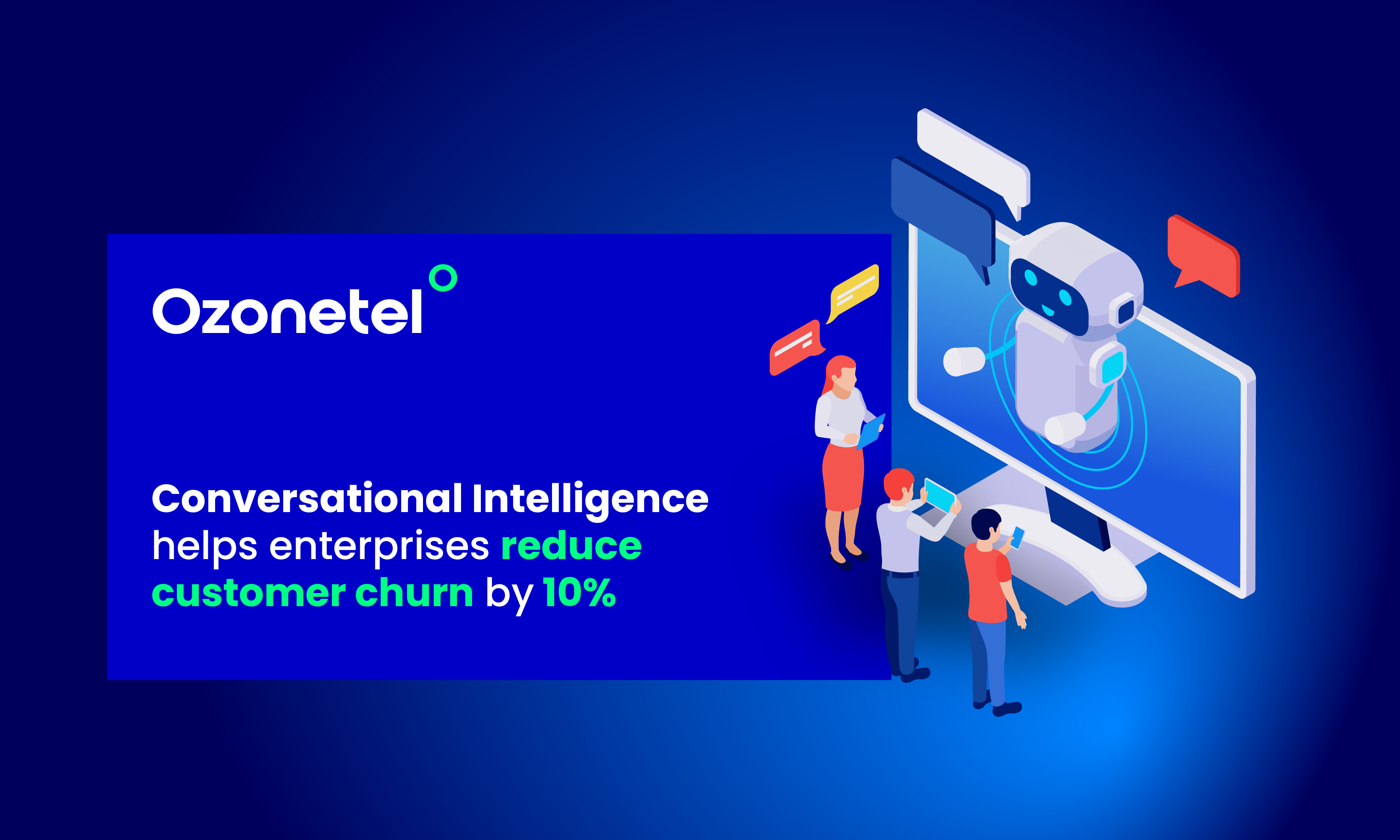- Resources
- What is Customer Effort Score? How Does it Boost Customer Loyalty?
What is Customer Effort Score? How Does it Boost Customer Loyalty?

Customer loyalty is the lifeblood of any successful business. Today, retaining customers is just as important and challenging as acquiring new ones. Loyal customers not only provide a stable revenue stream but also serve as advocates for your brand, attracting new customers through word-of-mouth and online reviews. So, what drives customer loyalty? The answer lies in creating frictionless customer experience (CX).
Customer experience plays a pivotal role in driving loyalty. By providing a seamless and enjoyable experience, businesses can foster stronger relationships with their customers, leading to increased retention and satisfaction. This is where the Customer Effort Score (CES) comes in. As a metric for customer loyalty, CES focuses on the ease with which customers can interact with your business and achieve their desired outcomes.
Gartner found that 94% of customers with low-effort interactions plan to make repeat purchases while only 4% of those experiencing high-effort are willing to buy again from a brand. Another survey by the research and consulting firm revealed those top-performing companies that prioritize low-effort experiences boast an NPS 65 points higher than their high-effort counterparts.
Simply put, customer effort is one of the key drivers of customer loyalty — or disloyalty. The less effort your customer needs to make, the higher the likelihood of fostering loyalty and cultivating a lasting relationship with your brand.
Let’s delve deeper into the world of Customer Effort Score and understand how it can boost customer loyalty and contribute to your business’s long-term success.
In this article, we will explore:
- 1. What is Customer Effort Score
- 2. The Connection between Customer Effort Score and Customer Loyalty
- 3. Customer Effort Score Questions
- 4. How to Improve Your Customer Effort Score
- 5. Measuring Customer Effort Score with Call Center Software
- 6. Features of Ozonetel's call center software for improving CES
What is Customer Effort Score (CES)?
First things first, let’s define Customer Effort Score. CES is a metric that gauges the ease (or effort) required by customers to interact with a business and achieve their desired results, such as resolving an issue or completing a purchase.
The primary goal of CES is to identify pain points in the customer journey and streamline the experience, ultimately leading to greater satisfaction and loyalty.
So, how do companies measure this Customer Effort Score? Customers are typically asked to rate their experience on a scale of 1 to 7, with 1 indicating a high level of effort and 7 representing little to no effort. The average score is then calculated to provide an overall assessment of the ease of interaction with your business.

CES Vs. Other CX Metrics
Of course, CES is not the only customer satisfaction metric out there. It’s essential to understand how it differs from other popular metrics like Net Promoter Score (NPS) and Customer Satisfaction (CSAT).
While NPS measures the likelihood of customers recommending a business to others and CSAT focuses on how satisfied customers are with a particular interaction or transaction, CES zeroes in on the ease of their overall experience.
Each metric provides valuable insights into different aspects of customer experience, with CES being particularly useful for identifying and addressing points of friction in the customer journey.
The Connection between Customer Effort Score and Customer Loyalty
Minimizing customer effort is crucial for loyalty, and for good reason. When customers encounter obstacles or frustrations while interacting with a business, they are less likely to return or recommend it to others. On the other hand, a smooth, effortless experience can significantly boost customer satisfaction and loyalty, as customers appreciate the efficiency and convenience offered by a business.
A low CES can have a negative impact on customer retention and satisfaction. Customers who experience high levels of effort during their interactions may switch to competitors that offer a more frictionless experience.
Additionally, these dissatisfied customers may share their negative experiences with others, potentially harming your brand’s reputation.
Many businesses have successfully leveraged CES to improve customer loyalty. For example, a telecommunications company discovered that simplifying its billing process and providing easy-to-understand explanations significantly reduced customer effort and increased loyalty. Another company in the e-commerce sector found that by streamlining its return policy and making it more customer-friendly, it could boost both CES and customer loyalty. These real-life examples demonstrate the power of focusing on customer effort and its direct impact on loyalty and business growth.
Customer Effort Score Questions
There is no universally accepted template for CES, here are some tailored questions to gather the insights necessary for calculating your customer effort score.
- On a scale of [scale], how easy was it to [complete a specific action or interaction]?
- How much effort did you have to put in to [complete a specific task]?
- How simple was it for you to [achieve a certain goal]?
- Did you find our [product/service/support] to be straightforward to use?
- To what extent do you agree that the process of [interaction/task] was hassle-free?
- Did you encounter any challenges while [performing a particular action]?
- How much work did you need to do to [accomplish a certain goal]?
- Did our [team/website/app] make it effortless for you to [achieve a specific outcome]?
- Did you find any friction while [engaging in a particular activity]?
- How likely are you to recommend our [product/service] based on the effort required to use it?
How to Improve Your Customer Effort Score?
Improving your Customer Effort Score is an ongoing process that requires a combination of strategies and consistent monitoring. Here are four key approaches to consider:
- Implementing effective customer service strategies
- Utilizing technology for streamlining customer interactions
- Consistently monitoring and analyzing CES results
- Training staff to prioritize customer experience and minimize effort
Implement effective customer service strategies
Develop customer service strategies that make it easy for customers to find solutions to their issues. This can include offering multiple channels for support (phone, email, live chat), creating an extensive knowledge base, and ensuring quick response times. These strategies not only improve CES but also enhance overall customer satisfaction.
Utilize technology for streamlining customer interactions
Embrace technology to simplify customer interactions and reduce effort. For example, use chatbots for answering frequently asked questions or employ AI-driven tools for personalized recommendations. Automation can also play a significant role in reducing manual tasks and speeding up response times, contributing to an improved CES.
Consistently monitor and analyze CES results
Regularly track your Customer Effort Score and analyze the results to identify areas for improvement. By pinpointing the specific pain points causing high customer effort, you can implement targeted solutions to address them and enhance the overall customer experience.
Train staff to prioritize customer experience and minimize effort
Ensure your team is well-trained and focused on providing an exceptional customer experience. Equip them with the necessary tools and knowledge to handle customer inquiries efficiently and effectively. Encourage a customer-centric mindset, emphasizing the importance of minimizing customer effort in their interactions.
By implementing these strategies, you can gradually improve your Customer Effort Score, leading to increased customer loyalty and long-term success for your business.
Measuring Customer Effort Score with Call Center Software
Contact center software can help businesses measure and improve Customer Effort Score. By utilizing cloud-based contact center solutions, businesses can effectively track CES and implement strategies to enhance customer loyalty.
Let’s explore some benefits of using such solutions and how Ozonetel’s Omnichannel CX Platform can support your CES goals.
Benefits of using cloud-based contact center solution for CES tracking
Cloud-based contact center solutions offer several advantages for CES tracking, including real-time data access, easy scalability, and seamless integration with other business tools. Businesses can automate their CES surveys via dialer, SMS, or WhatsApp Business APIs.
These solutions enable businesses to monitor customer interactions and gather feedback consistently, helping identify areas for improvement and drive customer loyalty.
Features of Ozonetel’s Call Center Software for Improving CES
Ozonetel’s Omnichannel CX Platform is designed to support businesses in improving their Customer Effort Score. Some of its key features include:
- Automated Calls and Chats for Conducting CES surveys
- Versatile reporting and analytics tools for tracking CES versus agent and campaign performance.
- Self Service IVR, chatbots, and other AI-driven features for automating repetitive customer interactions and reducing effort
- Integration with CRM systems for a unified view of customer data and insights
- Customizable workflows and routing options to optimize customer experience
By leveraging these features, businesses can effectively monitor and improve their CES, leading to frictionless CX and increased customer loyalty.
Conclusion
In conclusion, Customer Effort Score is a powerful metric that plays a significant role in boosting customer loyalty. By measuring and optimizing the ease of customer interactions, businesses can create frictionless customer experiences, boost satisfaction, and drive long-term success.
It’s essential for businesses to prioritize CES and implement strategies to streamline the customer journey, ultimately fostering stronger customer relationships and loyalty.
We encourage businesses to explore the benefits of cloud-based call center solutions like Ozonetel for tracking and improving their Customer Effort Score. By leveraging the right tools and adopting a customer-centric approach, businesses can enhance their customer experience and build a loyal customer base that contributes to their growth and success.
Ready to take control of your call transfer
experience for better CX outcomes?
Frequently Asked Questions
Measuring Customer Effort Score regularly is essential for tracking progress and identifying areas for improvement. While there’s no one-size-fits-all answer, a good rule of thumb is to measure CES after key customer interactions or at specific touchpoints in the customer journey. This can be done on a monthly or quarterly basis, depending on your business and customer base.
Yes, CES is a versatile metric that can be used across various industries and business types. It is particularly useful for businesses with a strong focus on customer service and experience, as it helps identify pain points and streamline interactions. By measuring and improving Customer Effort Score, businesses can drive customer loyalty and long-term success.
There’s no universal standard for a “good” or “bad” CES, as it can vary depending on your industry and customer expectations. Generally, a higher CES indicates a more effortless experience for customers, which is a positive sign. To better understand your CES, consider comparing it to past performance or industry benchmarks. Analyze the data to identify trends and areas for improvement, with the ultimate goal of providing a seamless customer experience.
Benchmarking your CES against industry standards can be challenging, as specific CES benchmarks may not be readily available for all industries. However, you can start by researching your industry’s average customer satisfaction metrics and seeking insights from industry reports or studies. Comparing your CES to those of your direct competitors can also provide valuable context for evaluating your performance and identifying opportunities for improvement.
Prashanth Kancherla
Chief Operating Officer, Ozonetel Communications
Over the past decade, Prashanth has worked with 3000+ customer experience and contact center leaders...
Chief Operating Officer, Ozonetel Communications
Over the past decade, Prashanth has worked with 3000+ customer experience and contact center leaders to comprehensively understand the need for effective and efficient customer communications at every step of their journey with a brand. Deeply embedded in today’s CCaaS ecosystem, he has been instrumental in Ozonetel's growth and contributed in various roles including product management, sales, and solution architecture.







